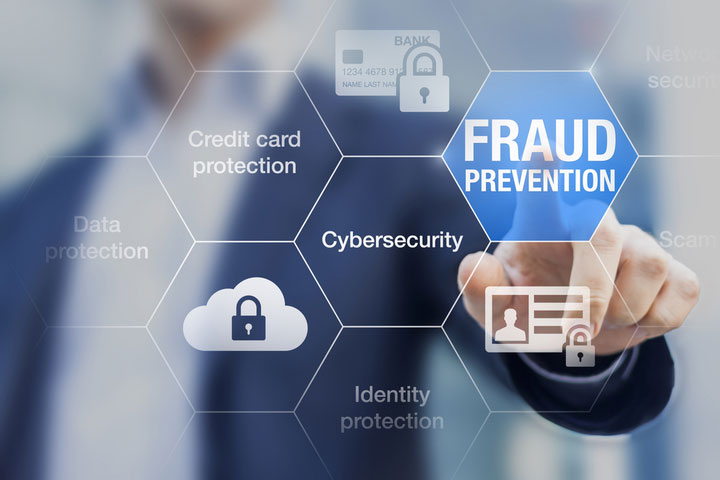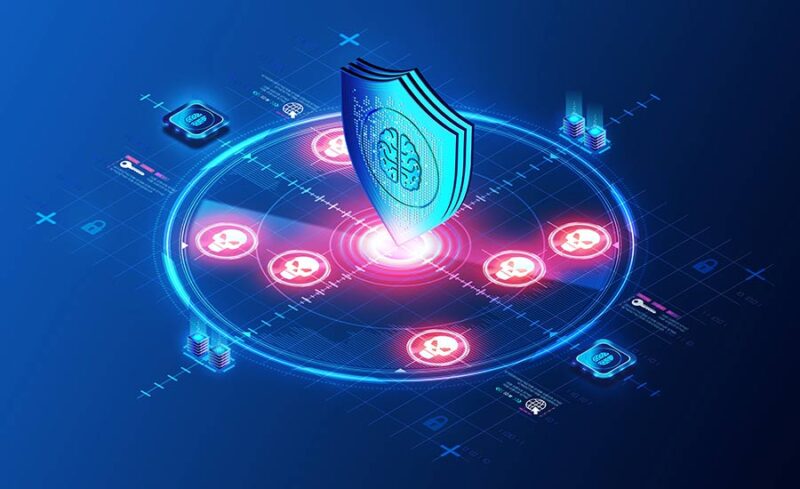If you were tasked with managing fraud protection for your employer, what would you do? Where would you start? An organization utilizing the latest tools would seriously consider threat intelligence as the starting point. Why? Because the best approach to fraud protection is a proactive approach.
Threat intelligence is a concept supported by continual dark web monitoring. In other words, companies like DarkOwl work with clients to hunt down and identify threats relating to online fraud. By hunting for the threats rather than waiting for them to emerge on their own, DarkOwl’s clients can fight fraud proactively.
Fraud Protection Requires Data

Fraud protection is all about prevention. If an organization is simply reacting after the fact, no one is actually being protected against fraud. So the idea is to be on the offense. And that requires data. Enter thread intelligence.
A good threat intelligence platform gathers data, analyzes it, and points investigators in the right direction. What sort of data does it look for? It could be anything, but fraud protection is best served by data relating to stolen credentials, credit card information, and banking information.
Data From Multiple Sources
Effective threat intelligence also makes use of as many data sources as possible. More sources equal more access to data. And on the dark web, sources run the gamut from dark web marketplaces to forums to actual service pages where cyber-attacks are sold as a service.
Comprehensive data gathering gives intelligence providers ample information to work with. All data can be compared and analyzed to better understand risks. Furthermore, it gives security experts an opportunity to engage in early warning.
For all intents and purposes, this makes threat intelligence an early warning system for enhancing fraud protection. The earlier an organization can be made aware of compromised data, the more quickly that organization can prepare for potential fraud. Future fraud attempts can be mitigated with the right responses.
Threat Intelligence Is Continuous

Threat intelligence is most effective as a fraud protection tool when it is continuous. In other words, information gathering is a continuous exercise involving surveillance, data extraction, and analysis.
The dark web never sleeps. Neither do the bad actors that populate it. Therefore, 24/7 surveillance and intelligence gathering is critical to effective fraud protection. The minute an organization lets its guard down perpetrators have the upper hand.
In addition, continual threat intelligence brings two other things to the table:
- Activity and Chatter – Threat intelligence is not just about finding leaked credit card information and stolen credentials. It is also about eavesdropping on threat actor chatter and activity. Paying attention to what threat actors are saying leads to a better understanding of what they are doing.
- Actionable Insights – Threat intelligence data lays the foundation for actionable insights. The right data gives organizations a foundation for making fraud protection decisions. The better the data, the better the insights produced from it.
The dark web offers an endless stream of data organizations can use to advance their fraud protection strategies. So there is no point in limiting intelligence gathering. An organization investing in threat intelligence might just as well gather information around the clock.
Online Fraud Can Be Stopped

Understanding the link between threat intelligence and fraud protection makes clear the fact that online fraud can be stopped. Stopping it is most effective when organizations are proactive with their fraud protection strategies.
If an organization waits until fraud emerges, it’s already too late. By taking the fight to the perpetrators and stopping them before they get started, fraud never occurs. It is possible thanks to threat intelligence capabilities.


